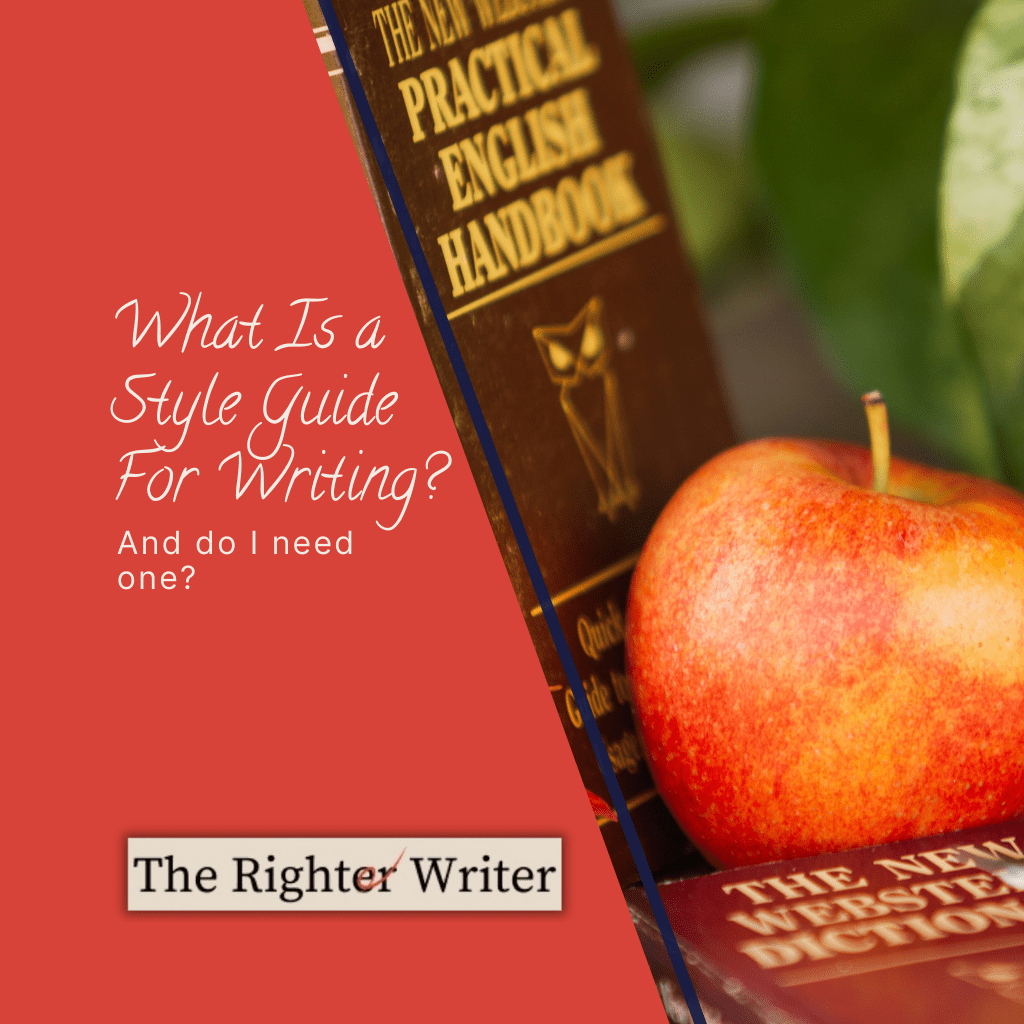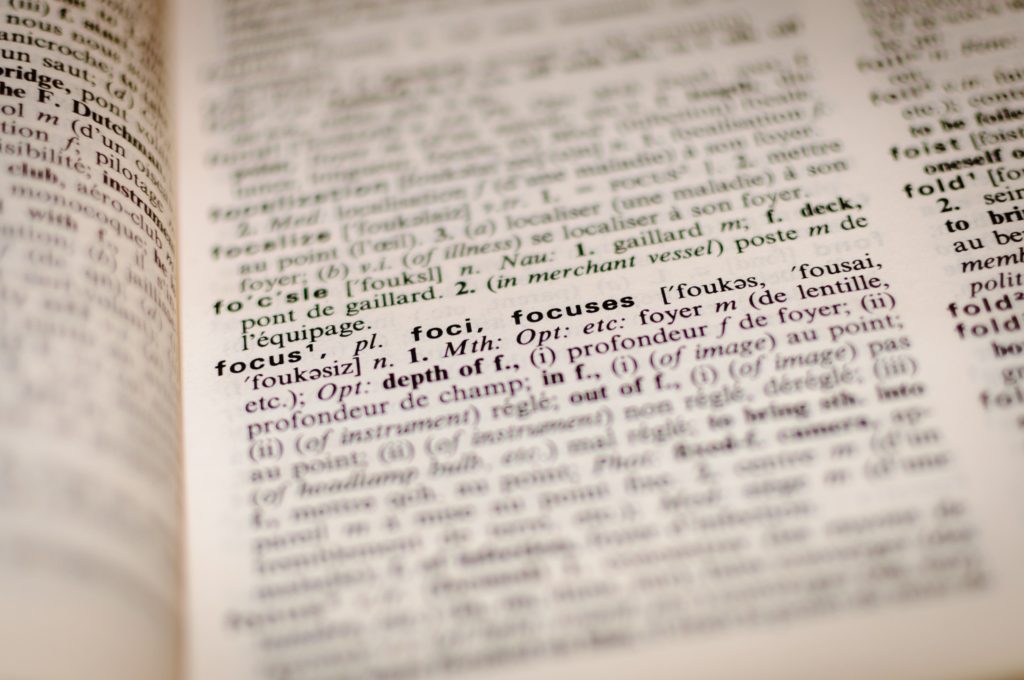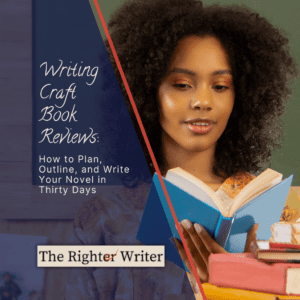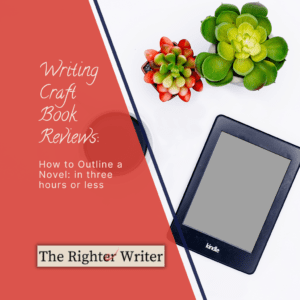
Writing Craft Book Reviews: A Book A Week
Fourth and last (for now!) in our series of book reviews featuring Kindle Unlimited books that explain ways to outline a novel. Let’s get ready for NaNoWriMo!
I'm an affiliate.
Some of the links on this page are affiliate links, but the opinions in my posts are my own, and I only mention products that I like and use myself. As an Amazon Associate, I earn from qualifying purchases. What that means is that if you click one of the links on my site and make a purchase, I might recieve compensation at no extra cost to you.

If you write, you have probably heard of style guides.
Maybe your editor says, “I use CMOS to edit.”
Maybe a job listing says, “Must be comfortable with AP style.”
Maybe you’re saying, “What does that even mean?!?!”
Style guides are a set of standards and conventions for writing about a particular subject, industry, area of content, or brand. Style guides are NOT a set of hard and fast rules that writers can memorize in order to make their writing perfect. There are no right answers, sorry.
For instance, the style guide that I use the most, the Chicago Manual of Style, says:
There are six ways to write the abbreviations for ante meridiem (before noon) and post meridiem (after noon):
All caps with periods: 10 A.M., 10 P.M.
All caps without periods: 10 AM, 10 PM
Small caps with periods: 10 𝗔.𝗠., 10 𝗣.𝗠.
Small caps without periods: 10 𝗔𝗠, 10 𝗣𝗠
Lowercase with periods: 10 a.m., 10 p.m.
Lowercase without periods: 10 am, 10 pm
Each of these—including “am” and “pm”—is a legitimate choice.
Does it really matter which one of these you use in your writing?
No. No, it doesn’t.
What is important is that the style that you choose stays consistent throughout the entire document.
Style guides don’t just cover grammar–where to put your commas and what to capitalize, things like that.
They also have guidelines for things that are mostly a matter of preference.
point of view (should you use the first person in your thesis?),
voice (do you use contractions in your formal annual report?),
word choice (in your analysis, can you say that the researchers had “loosey-goosey” methods?).
If you are wondering, the answer to each of those questions is: Nope, most of the time it’s not recommended.
The best reason that I can think of for using a style guide is to keep your writing consistent.
Especially when I’m writing something long, like a business report or a novel, it might be weeks or months between writing the introduction and writing the end. I want to make sure that I am writing the same way when I finish as I did when I was starting. It’s more difficult for my audience to follow when there are major style changes in the middle of a document.
Consistency means my writing is easier to follow and less likely to be misunderstood.
Here’s an example.
Which of these next three lines takes the most effort to read?
86, 81, 1, 12, 58, 20, 84, 80, 87, 92
8, nine, 1 hundred, 52, sixty-seven, fifty-7, eleven, 98, 96, 1
Ninety-one, four, sixty-nine, forty-six, two, one, fifty-one
I’m betting that it’s the middle line.
Whether the numbers are all written as numerals or all written as words, as long as they are the same, they are easy to read and understand. It’s only when they are a jumbled mix that they become confusing.
Following a style guide in writing keeps your work from becoming that jumbled mix.
Some style guides also have specific formatting guidelines for things like margins, line spacing, and headers and footers.
These rules ensure you arrange your ideas in a logical and coherent structure, which helps readers to simply and quickly find the information that they are looking for. It also makes it easier for readers to comprehend long, complex documents.
If you are submitting or publishing your writing, it’s important to know that style guides can also serve as gatekeepers.
Literary and scientific journals, for instance, often won’t even read stories or articles that are formatted incorrectly.
And publishers may return your manuscript unopened if it doesn’t line up exactly with their submission guidelines.
Read your essay rubrics carefully because your university professor means it when she says your citations must be in MLA style.

Unfortunately, I can’t tell you which style guide to use for your writing.
There is no particular one that is the best or most complete, only the one that is the most appropriate for a specific piece of writing in a specific content area.
Really, it’s just a matter of which is the best for you. Each type of writing has a different industry-standard style, so choosing the right guide for your particular document is important.
If you write any type of fiction, whether it’s short stories, flash fiction, or full-length novels, you probably want the Chicago Manual of Style, otherwise known as CMOS.
CMOS has been around since 1906, and it’s now on the seventeenth edition. It gets updated every seven to ten years. You can buy the book, but, in my opinion, it’s hard to use; I prefer the online version, here, which you can access with an annual subscription.
(If you’re outside the United States, you might want a different style guide, but, honestly, I know very little about what the international standard is. I won’t say anything here that might confuse you; I’ll just suggest that you ask someone local to you.)
If you’re writing any kind of news, whether it’s for a website, a magazine, or an actual newspaper, you most likely want the style guide from the Associated Press, aka The AP Stylebook.
The AP Stylebook started out as a guide for journalists but has since been taken up by corporations, at least in the US, maybe because of the detailed advice for different kinds of writing styles:
Business Guidelines
Sports Guidelines and Style
Guide to Punctuation
Briefing on Media Law
Photo Captions (Captions are called cutlines when they’re in newspapers.)
Editing Marks
Digital Security
Bibliography
The Associated Press also has both a book and an online version, here, but there are also apps and plugins that you can buy to check your writing against the AP Stylebook guidelines.
I’ve never used them, but I think they look useful.
If you are in high school or university, at least in the US, there’s a good chance that your professor requires you to use the MLA handbook (from the Modern Language Association) to format your work.
Like the others, the MLA Handbook has a physical text and an online subscription site. (Find it here.) You can also find a lot of workbooks and guides that will help explain MLA style, maybe because it’s often used by students.
My favorite place to get advice is the Purdue Online Writing Lab, here.
If you are in the so-called “soft sciences,” like sociology or psychology, your style guide is APA Style from the American Psychological Association. (You can find it online here.)
APA Style is notable because it includes guidelines for using inclusive, non-discriminatory language that reduces bias, and it has focused on this kind of language since 1974!
I don’t have any experience with them, but I know that many individual branches of sciences have their own guidebooks. The American Medical Association, the American Chemical Society, and the Council of Science Editors have all created style guides that are used in those fields.
Beyond that, there is the United States Government Publishing Office, which has guidelines for government documents, and the Bluebook, which details how legal documents are written. Again, I don’t know much about them, because I’m not involved in those fields.
No matter which style guide for writing you choose, it’s just a guideline.
It gives you the structure and rules for how you could construct your sentences and paragraphs in order to ensure that what you’re saying is clear, consistent, and easy to follow, not just grammatically correct.
You can use any one of the styles guides in this post, or you can create your own custom set of guidelines based on what works best for you and your reader.
As always, if this still feels like something outside of your expertise (or just plain intimidating), don’t worry; you can always contact me here to set up a consultation.
And, if you have any other questions about how to use style guides in your writing, leave me a comment below.
I didn’t know all this about the writing style guides before I started this post. I did a lot of the research on the individual style guides’ websites, but I also used Wikipedia, here, to find out about some of the history.

I help authors, researchers, business people, students, and web marketers to polish their writing before they send it out into the world.

Fourth and last (for now!) in our series of book reviews featuring Kindle Unlimited books that explain ways to outline a novel. Let’s get ready for NaNoWriMo!

Third in our series of book reviews featuring Kindle Unlimited books that explain ways to outline a novel. Let’s get ready for NaNoWriMo!

Second in our series of book reviews featuring Kindle Unlimited books that explain ways to outline a novel. Let’s get ready for NaNoWriMo!

13 Responses
This was incredibly helpful. I’m bookmarking this page for future reference. Thank you so much for sharing!
I’m so glad it helped! If there are any other writing- or editing-specific questions you have, let me know and I’ll try to post about them!
Publishers often have a house style guide as well. That document ensures that all titles in their catalog are edited in exactly the same way. That’s especially valuable in cases where there are multiple ways to treat an element, such as in your example with AM/PM.
That’s a good point! And it’s not just big publishing houses; a lot of the larger, more well-established blogs have house style guides so that posts by guest bloggers fit seamlessly into the site. 😊
Creating a style guide for your written work is a great idea. Consistency is key.
I’m working on my next post about what to include when you’re making your own personal style guide!
This was an eye-opener for me. Your example of the different ways to write numbers is definitely one I will share with my students, as they have a tendency to “mix and match” the way they write numbers within a response.
I’m glad it’s useful!
This was very helpful. When I have written a post and I get to the bottom of my page, there are all sorts of ratings for what I have written (SEO, etc). One of them is “readability.” I’ve not taken the time to research what that one is, but I’m wondering if it is part of this style guidelines.
It’s definitely part of it! Readability is how hard it is to understand a piece of writing. Long sentences are harder to understand than short ones. Some words are harder than others. Simple sentences are easier than complex sentences. All of these things affect readability, as well as using a style guide to keep things consistent.
Thanks for this! Readability is a great idea for another blog post.
It is so important to write in your own voice. It’s amazing how easily I can tell when it isn’t. It doesn’t feel right.
Yes! I agree totally. That’s why companies have company style guides–so that Buzzfeed always sounds like Buzzfeed and Apple sounds like Apple. 😀